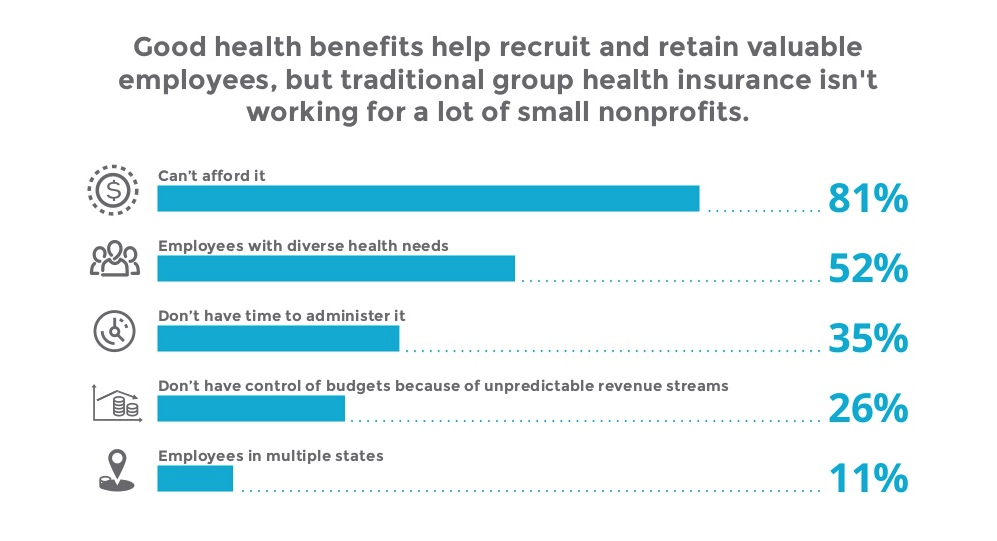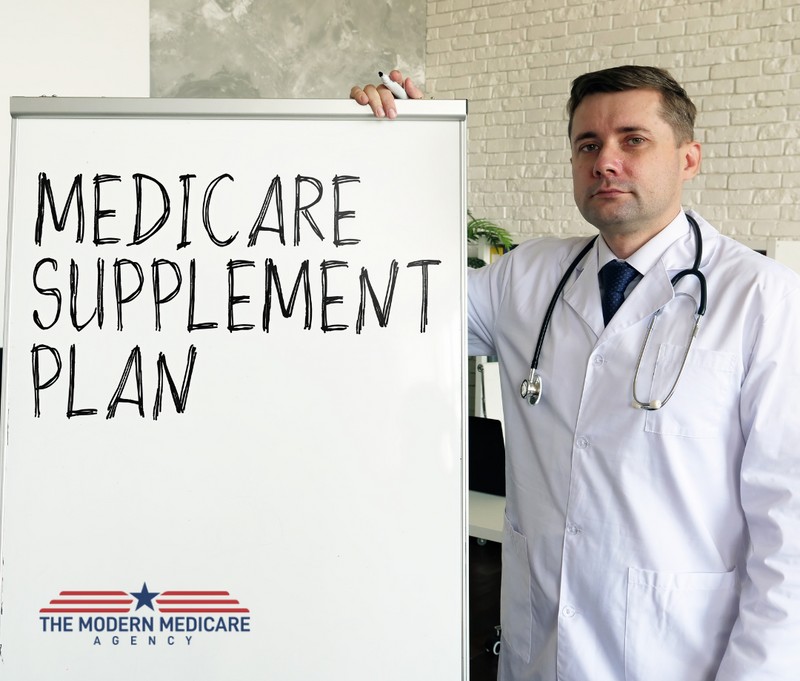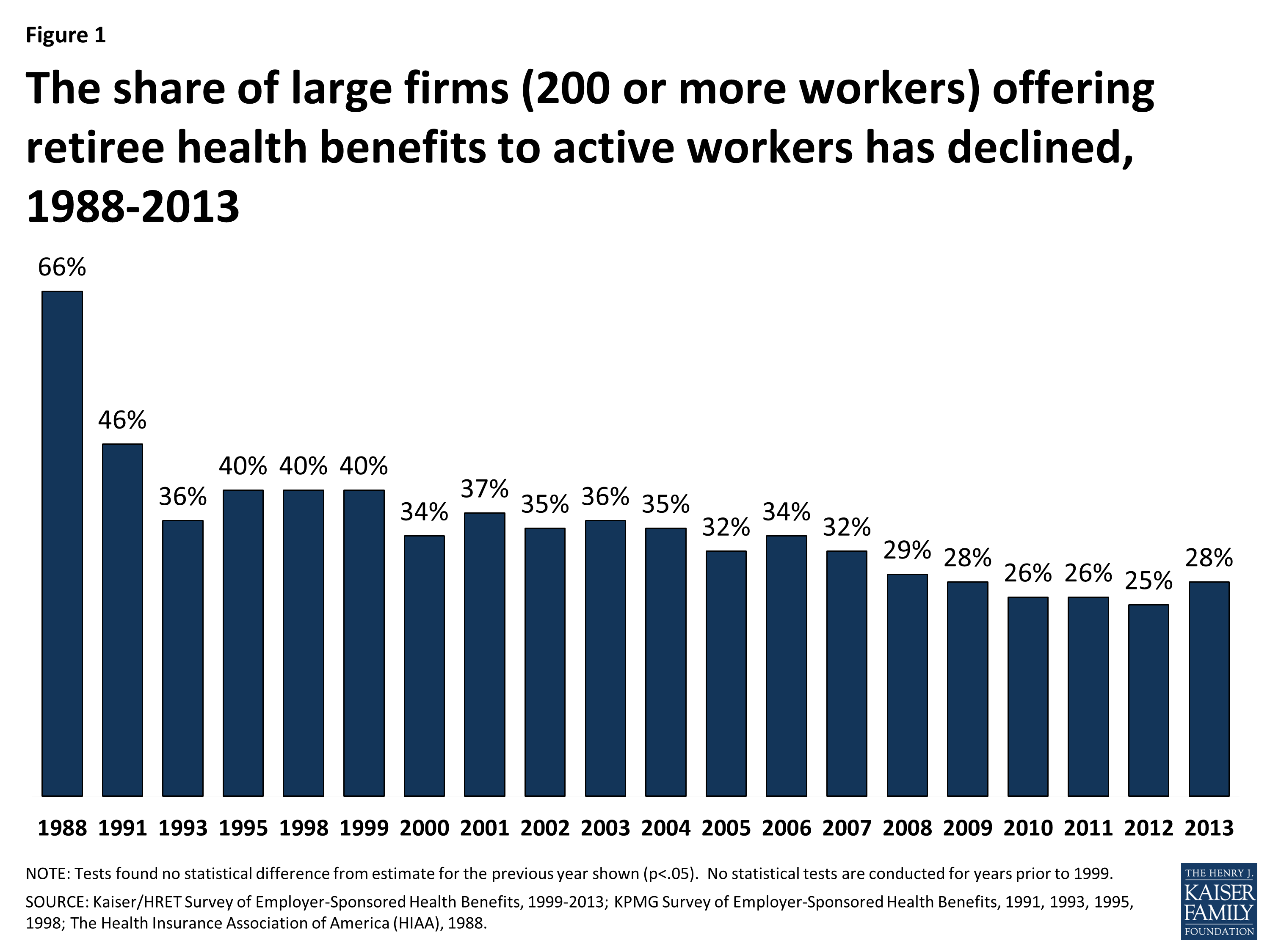The 25-Second Trick For Medicare Advantage Agent
The 25-Second Trick For Medicare Advantage Agent
Blog Article
Some Known Facts About Medicare Advantage Agent.
Table of ContentsSome Known Details About Medicare Advantage Agent Medicare Advantage Agent Can Be Fun For EveryoneGetting My Medicare Advantage Agent To Work


follows from complies with the puzzling young fairly profile of account uninsured with without insurance better healthMuch better health and wellness average, of younger persons. For those without accessibility to office health insurance coverage, bad health is a possible barrier to purchasing nongroup insurance coverage due to the fact that such protection may be extremely valued, exclude pre-existing conditions, or be merely inaccessible. Unless otherwise noted, national price quotes of individuals without health and wellness insurance and proportions of the populace with different kinds of protection are based on the CPS, the most extensively made use of resource of quotes of insurance policy protection and uninsurance rates.
:max_bytes(150000):strip_icc()/types-of-employee-benefits-and-perks-2060433-Final-edit-60cedb43c4014fdeb51aa3cd3c25f027.jpg)
Medicare Advantage Agent Fundamentals Explained
The partnership between health and wellness insurance and accessibility to care is well developed, as recorded later in this chapter. The relationship between health insurance coverage and health end results is neither direct neither straightforward, a substantial clinical and health services research literature links health and wellness insurance policy protection
to improved better accessibility care, better far better, and improved personal and population health wellnessStanding The 2nd report, on personal wellness end results for uninsured adults, is represented by the innermost circle of the figure, while the third report, on household wellness, includes the topics of the second record yet stresses a different system of evaluation, particularly, the family.
It concentrates particularly on those without any type of health and wellness insurance policy for any type of size of time. The problems dealt with by the underinsured are in some respects comparable to those dealt with by the uninsured, although they are typically less severe. Uninsurance and underinsurance, nevertheless, involve noticeably different policy concerns, and the techniques for addressing them may differ. Throughout this research study and the 5 records to comply with, the primary focus gets on persons with no health insurance coverage and thus no assistance in spending for healthcare past what is readily available via charity and safety and security internet establishments. Medical insurance is an effective variable influencing invoice of treatment because both individuals and physicians respond to the out-of-pocket rate of services. Medical insurance, however, is neither necessary neither adequate to gain access to clinical services. Nevertheless, the independent and direct impact of wellness
insurance protection on access to wellness services is well developed. Others will obtain the health and wellness care they require also without medical insurance, by paying for it expense or seeking it from companies that provide treatment cost-free or at highly subsidized rates. For still others, health and wellness insurance coverage alone does not make sure receipt of treatment due to other nonfinancial barriers, such as an absence of healthcare providers in their community, restricted accessibility to transportation, illiteracy, or linguistic and cultural distinctions. Official study regarding without insurance populaces in the United States dates to the late 1920s and early 1930s when the Board on the Expense of Medical Treatment created a collection of records about financing medical professional workplace sees and hospitalizations. This issue became salient as the numbers of medically indigent climbed during the Great Depression. Empirical studies regularly support the link between accessibility to care and improved wellness outcomes(Bindman et al., 1995; Starfield, 1995 ). Having a regular resource of care can be taken into consideration a predictor of gain access to, instead of a direct action of it, when health results More Help are themselves my latest blog post used as accessibility indicators. This extension of the idea of gain access to measurement was made by the IOM Committee on Keeping An Eye On Access to Personal Healthcare Services(Millman, 1993, p. Whether parents are guaranteed appears to influence whether their youngsters get treatment in addition to exactly how much careeven if the youngsters themselves have insurance coverage(Hanson, 1998). The health of parents can impact their ability to look after their youngsters and the degree of family tension. Fretting about their youngsters's accessibility to care is itself a resource of anxiety for parents. 3 chapters comply with in this report. Phase 2 offers a summary of exactly how employment-based medical insurance, public programs and individual insurance plan run and communicate to provide comprehensive yet incomplete coverage of the U.S. population. This consists of a review of historic patterns and public plans affecting both public and private insurance, a discussion of the interactions amongst the various kinds of insurance, and an examination of why individuals relocate from one program to an additional or wind up

Report this page